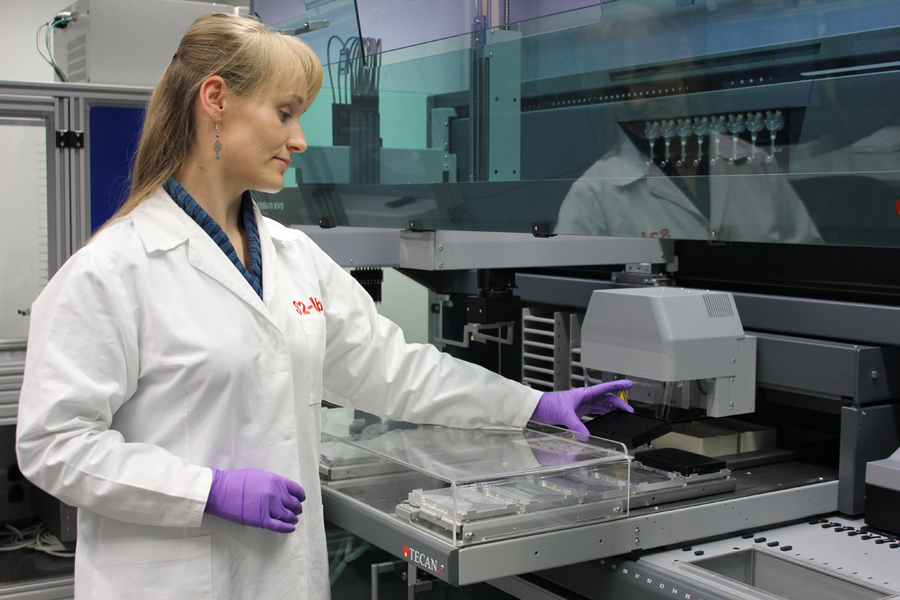
A group of prominent European scientists, among them MPI-CBG Screening Facility head Marc Bickle, shared their opinion about how to improve ineffective academic and industrial drug discovery investments and funding structures in Nature Reviews Drug Discovery. They see parallel competitive research and development funding as a major contributing factor to the exponential increase in the cost of new medicines. The authors also describe how a slow adoption of new technologies and alternative drug discovery strategies further contributes to the high attrition rates in drug development and, moreover, fail to address the medical needs presented by an aging population.
The weak global coordination of early drug discovery efforts creates multiple parallel and redundant developments of reusable technologies resulting in suboptimal quality and poor reproducibility. The authors suggest that, instead, non-repetitive infrastructures in areas that usually fall out of intellectually competitive R&D have to be better coordinated, since they are essential for current drug discovery. Advances in digital microscopy, genome-editing, induced pluripotent stem cell, and 3D tissue culture technologies could create more relevant disease models and a new era of cutting edge drug discovery pipelines. According to the authors, evolution of traditional drug discovery models could sparkle modern health care revolutions.
Peter Horvath, Nathalie Aulner, Marc Bickle, Anthony M. Davies, Elaine Del Nery, Daniel Ebner, Maria C. Montoya, Päivi Östling, Vilja Pietiäinen, Leo S. Price, Spencer L. Shorte, Gerardo Turcatti, Carina von Schantz, Neil O. Carragher:
Screening out irrelevant cell-based models of disease
Nature Reviews Drug Discovery, 12 September 2016